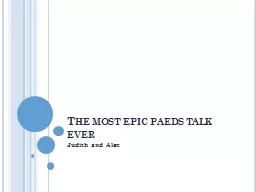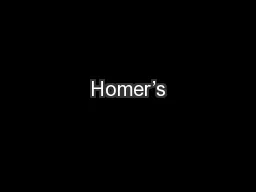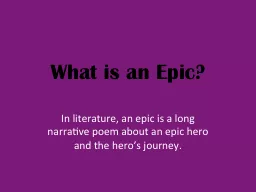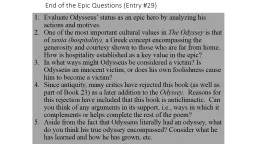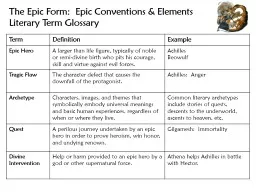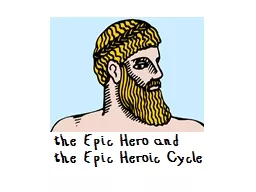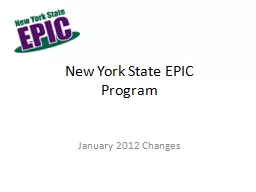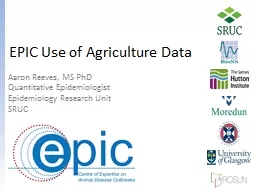PPT-The most epic
Author : mitsue-stanley | Published Date : 2017-01-11
paeds talk ever Judith and Alex We will cover Genetics Neurology Development Disability And hope to make it as interactive and fun as possible List as many features
Presentation Embed Code
Download Presentation
Download Presentation The PPT/PDF document "The most epic" is the property of its rightful owner. Permission is granted to download and print the materials on this website for personal, non-commercial use only, and to display it on your personal computer provided you do not modify the materials and that you retain all copyright notices contained in the materials. By downloading content from our website, you accept the terms of this agreement.
The most epic: Transcript
Download Rules Of Document
"The most epic"The content belongs to its owner. You may download and print it for personal use, without modification, and keep all copyright notices. By downloading, you agree to these terms.
Related Documents

